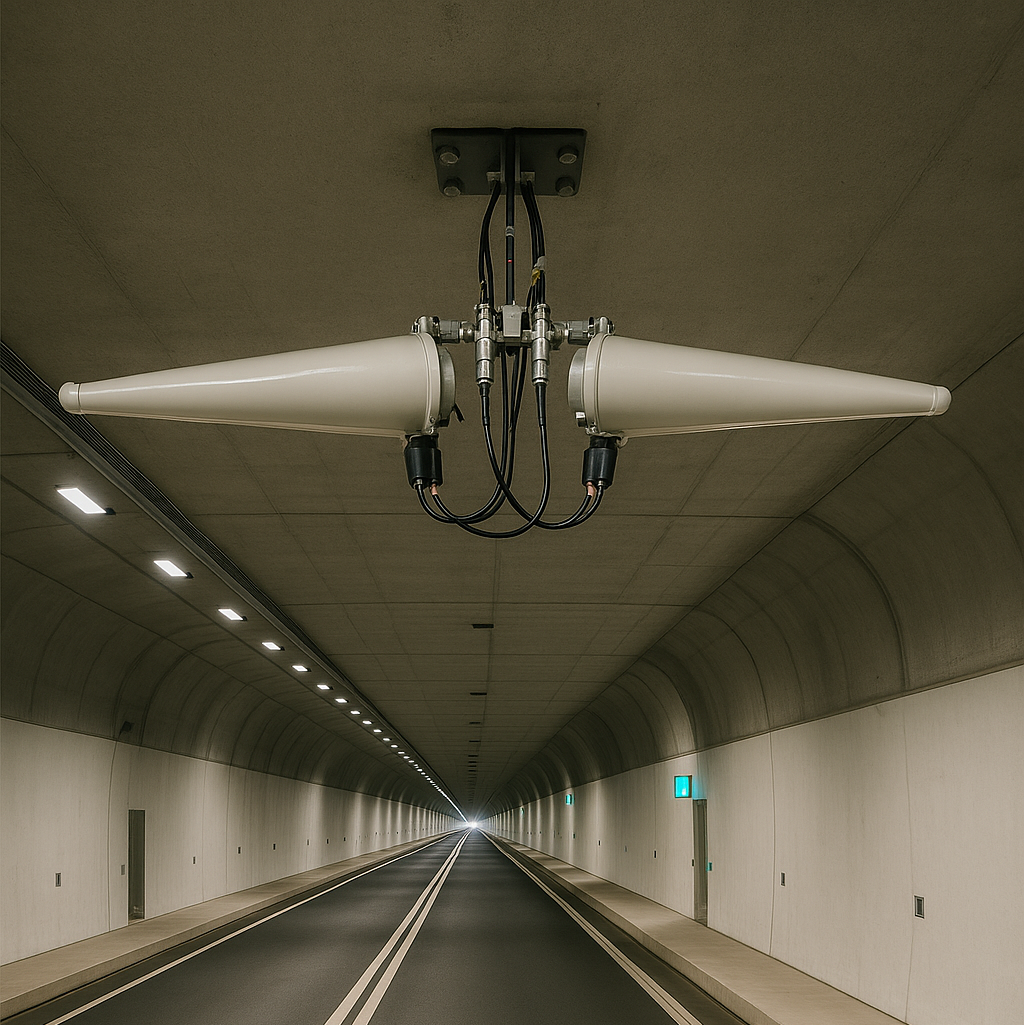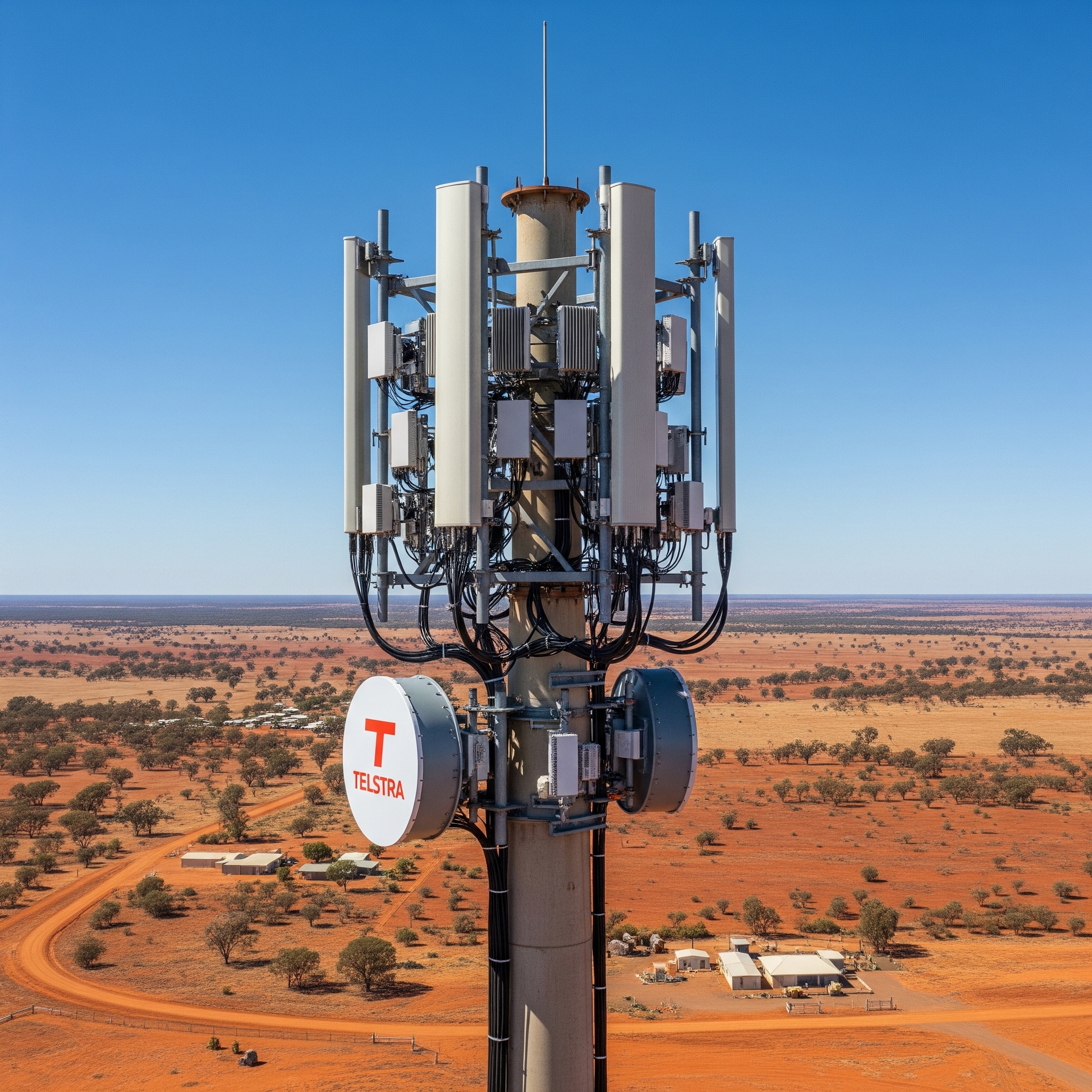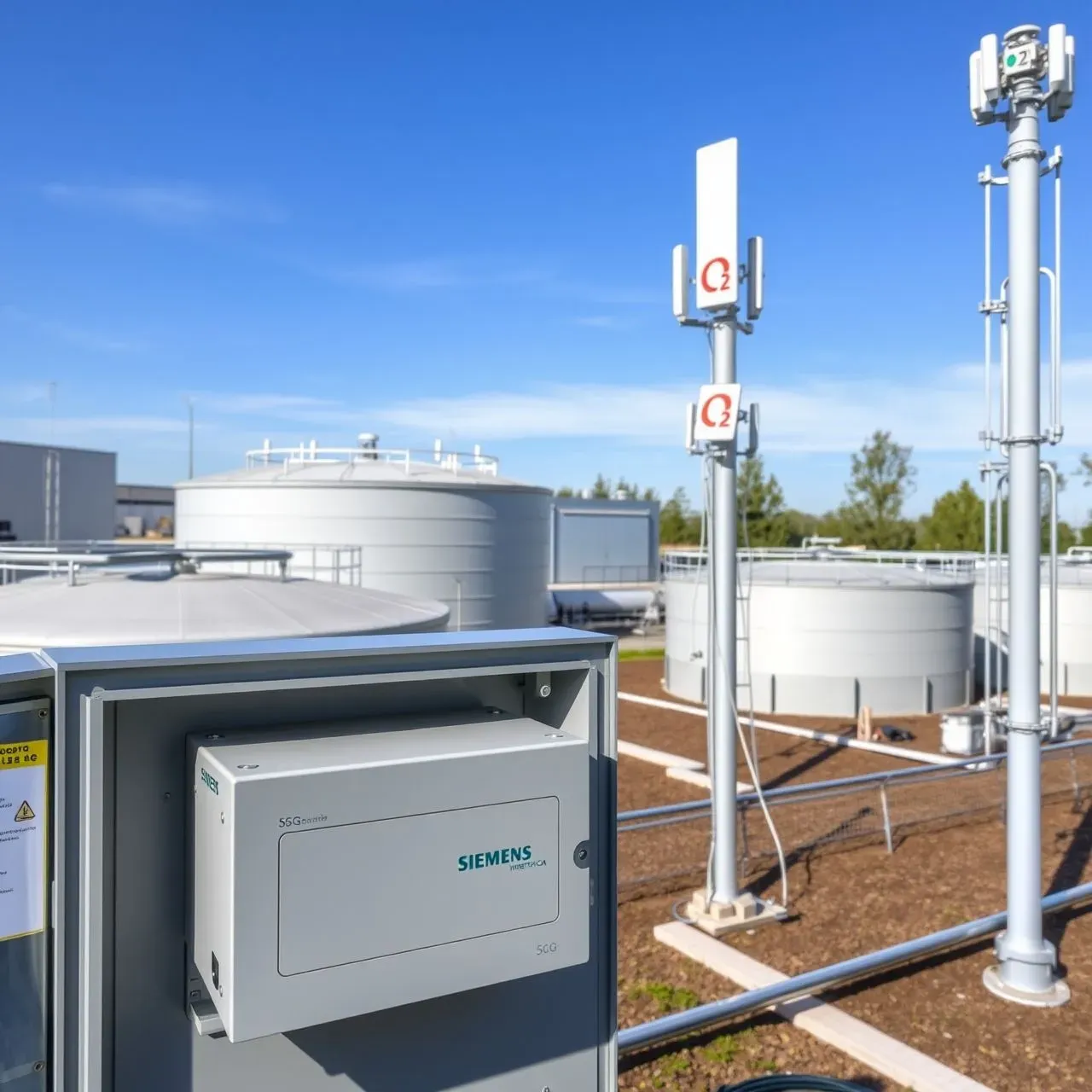In a groundbreaking move for underground connectivity, Ericsson and Vodafone have successfully installed five advanced mobile antennas in the Arlinger Tunnel, located near Pforzheim in the Black Forest region of Germany. This 1,400-meter tunnel serves both road and rail traffic, making it a vital artery in Baden-Wurttemberg's transport network.
The project features the first commercial use of Ericsson Antenna System's multiband solution, designed specifically to withstand pressure waves, turbulence, and vibration in enclosed tunnel environments. Vodafone customers now enjoy uninterrupted mobile reception and high-speed data throughout the tunnel, thanks to this cutting-edge deployment.





